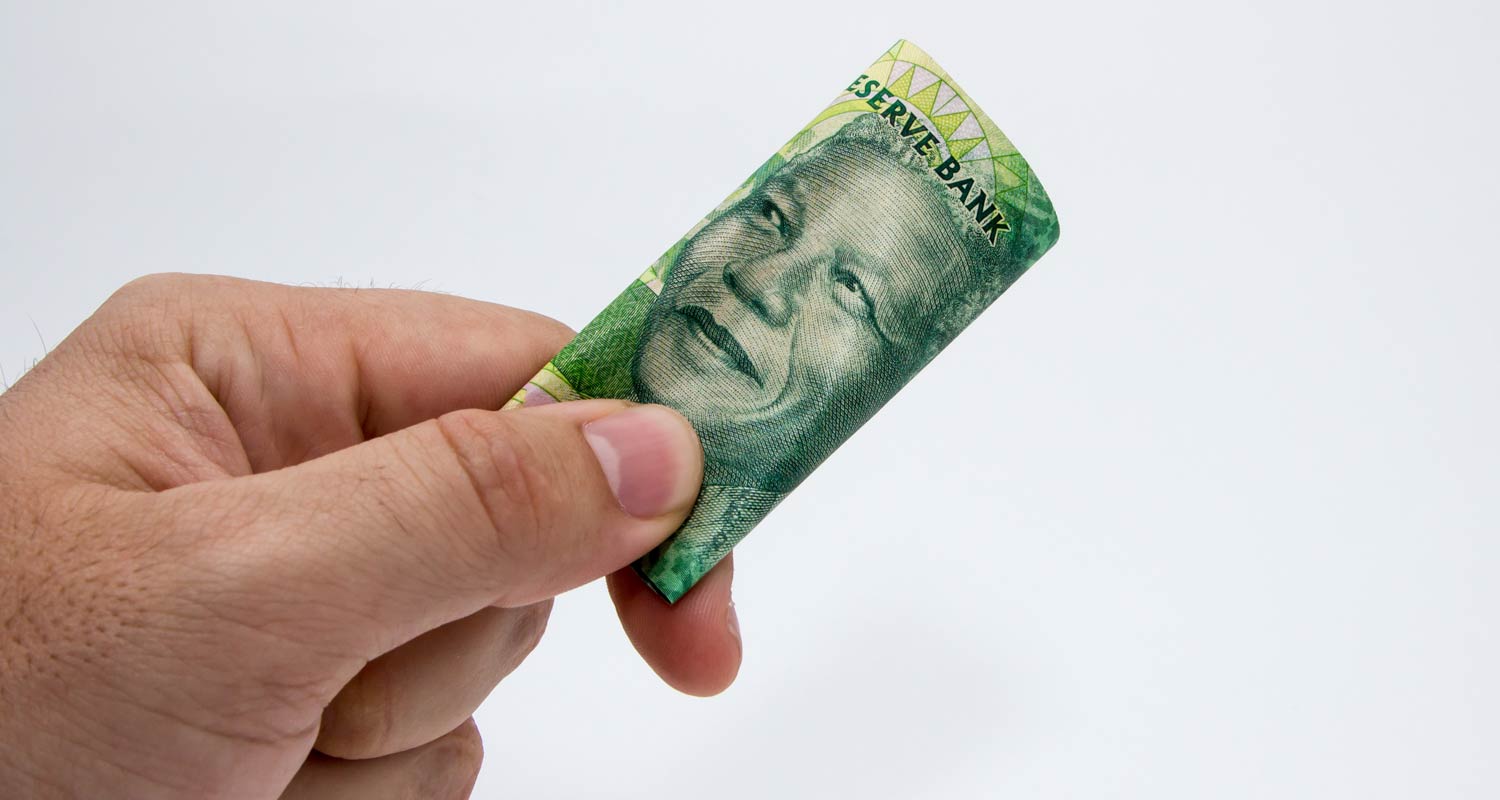Try our mobile app
JSE:JSE JSE:ARH JSE:EMN JSE:EMH

For the first time since 2016, the rand finds itself among the five best performing emerging market currencies of the year — and there may be more to come, according to analysts at Crédit Agricole and Ashmore Group. A steep retreat in December saw the rand surrendering its year-to-date gain for a decline of about 2% in 2024 — a year in which just three emerging market currencies advanced. That places it fifth after the Malaysian ringgit, Hong Kong dollar, Thai baht and Peruvian sol among 24 major developing-nation currencies tracked by Bloomberg. Developing-nation currencies have struggled in 2024 as robust US economic growth bolstered the dollar. But the rand’s relative resilience has been aided by rising investment levels, lower inflation and structural reforms, with a cautious central bank maintaining its favourable interest rate premium over the greenback. Annual inflation still remains around the lowest level in more than a decade, below the central bank’s target “South Africa’s carry appeal remains strong as inflation and expectations stay anchored,” said Sebastien Barbé, head of EM research and strategy at Crédit Agricole, referring to a strategy in which investors borrow dollars to buy higher-yielding currencies. The rand’s forecasted total return for 2025, based on expected interest rates and exchange-rate values, is 15%, according to Bloomberg calculations. Crédit Agricole forecasts an exchange rate of R16.40/US$ by the end of 2025. That implies a gain of about 13% from the current level and is more bullish than the median of R18.07 in a Bloomberg survey of analysts. The value of fixed-investment projects in South Africa rose to R794-billion in 2024, up from R193-billion in 2023, according to Crédit Agricole. The increase comes amid progress on infrastructure and energy reforms, including public-private partnerships at the country’s biggest port. Electricity provider Eskom reduced disruptions, further supporting economic activity. Interest rates Annual inflation, which accelerated marginally in November to 2.9%, still remains around the lowest level in more than a decade and below the central bank’s 3-6% target range. Inflation expectations for the next year have dropped to 4.6%, according to the Bureau for Economic Research, providing the South African Reserve Bank with room to cut interest rates. The Bank has already lowered borrowing costs by 50 basis points since September, with markets anticipating another reduction in early 2025. Infrastructure improvements will likely benefit the country — and its currency — further, said Gustavo Medeiros, deputy head of research at Ashmore. “Logistic reforms and a visible recovery in tourism inflows are creating tangible growth and foreign-exchange benefits,” he said. Read: TechCentral’s South African Newsmakers of 2024 Meanwhile, inflows into South Africa’s bond market are on track for the highest level since 2019, according to JSE data. Non-residents’ net purchases of local debt totalled R41.4-billion in the third quarter, up from R13-billion in the previous three months, according to the central bank, which also noted that the economy is in its longest upward cycle since 1999. “South Africa is showing it can deliver on the fundamentals,” Crédit Agricole’s Barbé said. “The data reflects the foundation for continued momentum into 2025.” — Colleen Goko and Mpho Hlakudi, (c) 2024 Bloomberg LP Get breaking news from TechCentral on WhatsApp. Sign up here Don’t miss: Rand could be headed higher if policy reforms stick